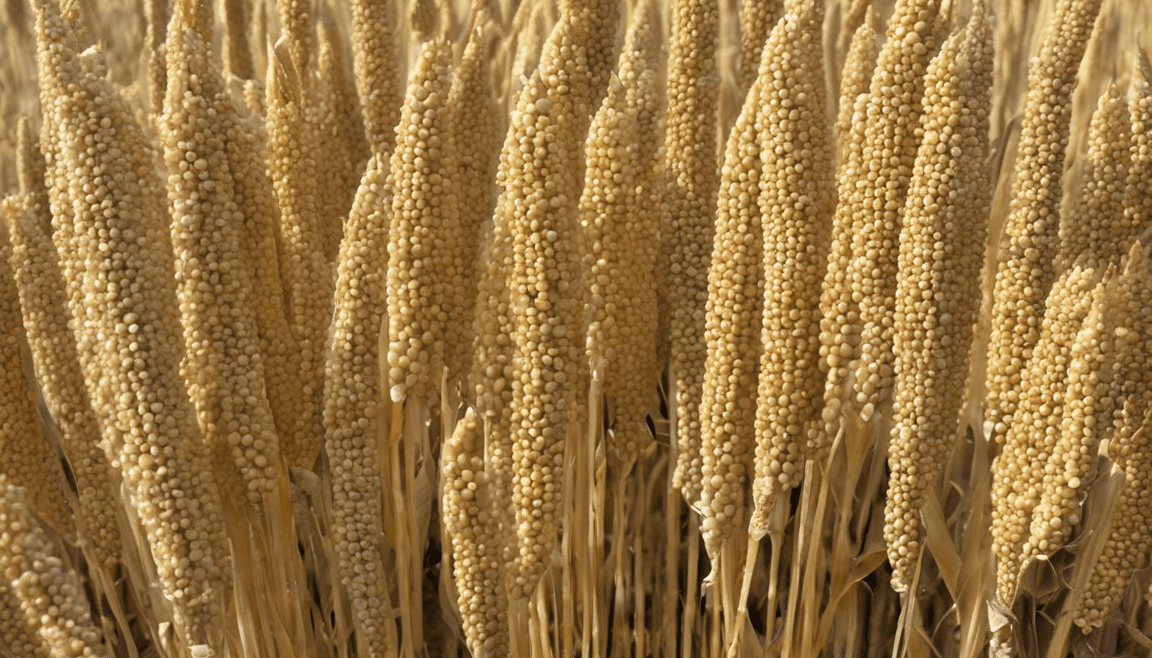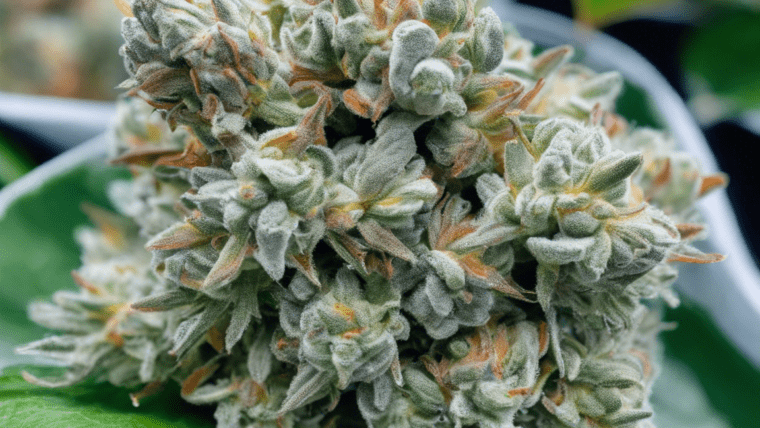Foxtail millet, scientifically known as Setaria italica, is a lesser-known but highly nutritious grain that has been gaining popularity in recent years due to its numerous health benefits. Widely cultivated in parts of East Asia, India, and Africa, foxtail millet is a staple in many diets and is recognized for its exceptional nutritional profile and versatility in cooking.
What is Foxtail Millet?
Foxtail millet is an ancient grain that has been consumed for centuries and is known for its resilience in various climates and soil conditions. It is a member of the Poaceae grass family and is characterized by its long, thin, and cylindrical grains that resemble the tail of a fox, hence its name. The color of the grains can range from white, yellow, brown, or black, depending on the variety.
Nutritional Benefits of Foxtail Millet
-
Rich in Nutrients: Foxtail millet is a powerhouse of nutrients, including dietary fiber, protein, vitamins, and minerals. It is particularly high in iron, magnesium, phosphorus, and zinc, making it a great addition to a balanced diet.
-
Gluten-Free: For individuals with gluten sensitivities or celiac disease, foxtail millet is a safe and nutritious alternative to gluten-containing grains.
-
Low Glycemic Index: Foxtail millet has a low glycemic index, which means it releases glucose into the bloodstream at a slower rate. This can help in maintaining stable blood sugar levels and is beneficial for individuals with diabetes.
-
Heart Health: The high fiber and magnesium content in foxtail millet can promote heart health by reducing cholesterol levels and supporting overall cardiovascular function.
Cooking with Foxtail Millet
Foxtail millet has a mild, nutty flavor and a slightly chewy texture, making it a versatile ingredient in various dishes. Here are some popular ways to incorporate foxtail millet into your cooking:
-
Porridge: Cook foxtail millet with water or milk for a warm and comforting breakfast porridge. Add fruits, nuts, and spices for extra flavor.
-
Salads: Use cooked and cooled foxtail millet as a base for salads. Combine it with fresh vegetables, herbs, and a tangy dressing for a nutritious meal.
-
Pilaf: Prepare a flavorful pilaf by sautéing foxtail millet with onions, garlic, and spices before cooking it in broth. Serve as a side dish or main course.
-
Baking: Ground foxtail millet flour can be used in baking recipes to add a nutty flavor and boost the nutritional content of baked goods.
Health Benefits of Foxtail Millet
-
Digestive Health: The high fiber content in foxtail millet can aid in digestion and prevent constipation. It also promotes a healthy gut microbiome.
-
Weight Management: Due to its high fiber and protein content, foxtail millet can help in increasing satiety and managing weight effectively.
-
Bone Health: Calcium, magnesium, and phosphorus in foxtail millet are essential for maintaining strong bones and preventing osteoporosis.
-
Antioxidant Properties: Foxtail millet contains antioxidants that help in combating free radicals and reducing oxidative stress in the body.
Culinary Uses of Foxtail Millet
-
Dosa: Fermented foxtail millet batter can be used to make crispy and nutritious dosas, a popular South Indian dish.
-
Upma: Stir-fried foxtail millet with vegetables and spices can be made into a delicious and wholesome upma for breakfast or snacks.
-
Idli: Foxtail millet can be ground into a fine batter and steamed to make soft and fluffy idlis, another South Indian favorite.
-
Khichdi: A comforting one-pot meal, foxtail millet khichdi is made with lentils, vegetables, and mild spices, perfect for a nourishing meal.
Where to Buy Foxtail Millet
Foxtail millet can be found in health food stores, Indian grocery stores, and online retailers. Look for organic and high-quality brands for the best taste and nutritional benefits.
Frequently Asked Questions (FAQs) about Foxtail Millet:
Q1: Is foxtail millet suitable for individuals with gluten intolerance?
A1: Yes, foxtail millet is gluten-free and safe for individuals with gluten intolerance or celiac disease.
Q2: Can foxtail millet help in weight loss?
A2: Yes, due to its high fiber and protein content, foxtail millet can aid in weight management and increasing satiety.
Q3: How can I store foxtail millet to maintain its freshness?
A3: Store foxtail millet in an airtight container in a cool, dry place away from sunlight. It has a long shelf life when stored properly.
Q4: Is foxtail millet easy to digest?
A4: Yes, foxtail millet is easily digestible and is gentle on the stomach, making it a suitable grain for those with digestive sensitivities.
Q5: Can foxtail millet be given to children and older adults?
A5: Yes, foxtail millet is a nutritious grain that can be included in the diets of children and older adults for its health benefits.
Q6: What is the cooking ratio for foxtail millet to water?
A6: The general ratio for cooking foxtail millet is 1:2, one part millet to two parts water. Adjust according to your preferred consistency.
Q7: Are there different varieties of foxtail millet available?
A7: Yes, foxtail millet comes in various colors such as white, yellow, brown, and black, each with similar nutritional benefits.
Q8: Can foxtail millet be used in place of rice in recipes?
A8: Yes, foxtail millet can be a nutritious substitute for rice in many recipes, offering a different texture and flavor profile.
Q9: What are the environmental benefits of cultivating foxtail millet?
A9: Foxtail millet is a hardy crop that requires less water and is resilient in diverse soil conditions, making it a sustainable option for cultivation.
Q10: How does foxtail millet contribute to a balanced diet?
A10: Foxtail millet is a whole grain that adds essential nutrients like fiber, protein, and minerals to a balanced diet, promoting overall health and well-being.
In conclusion, foxtail millet is not only a nutritious and versatile grain but also a sustainable and environmentally-friendly crop. By incorporating foxtail millet into your diet through various culinary preparations, you can enjoy its health benefits and unique flavor while supporting sustainable agriculture practices. Experiment with foxtail millet in your kitchen to discover the culinary delights and nutritional advantages of this ancient grain.


